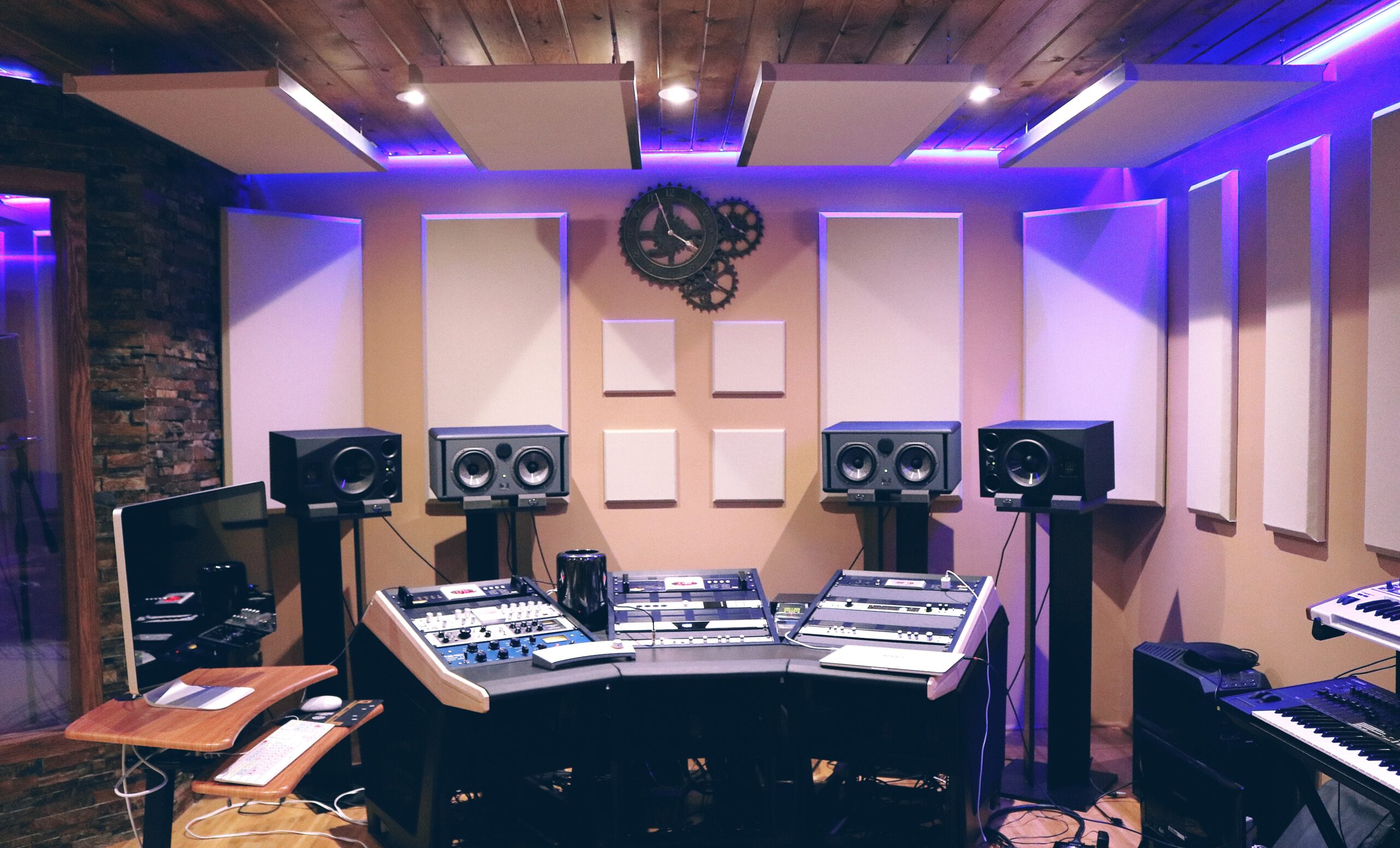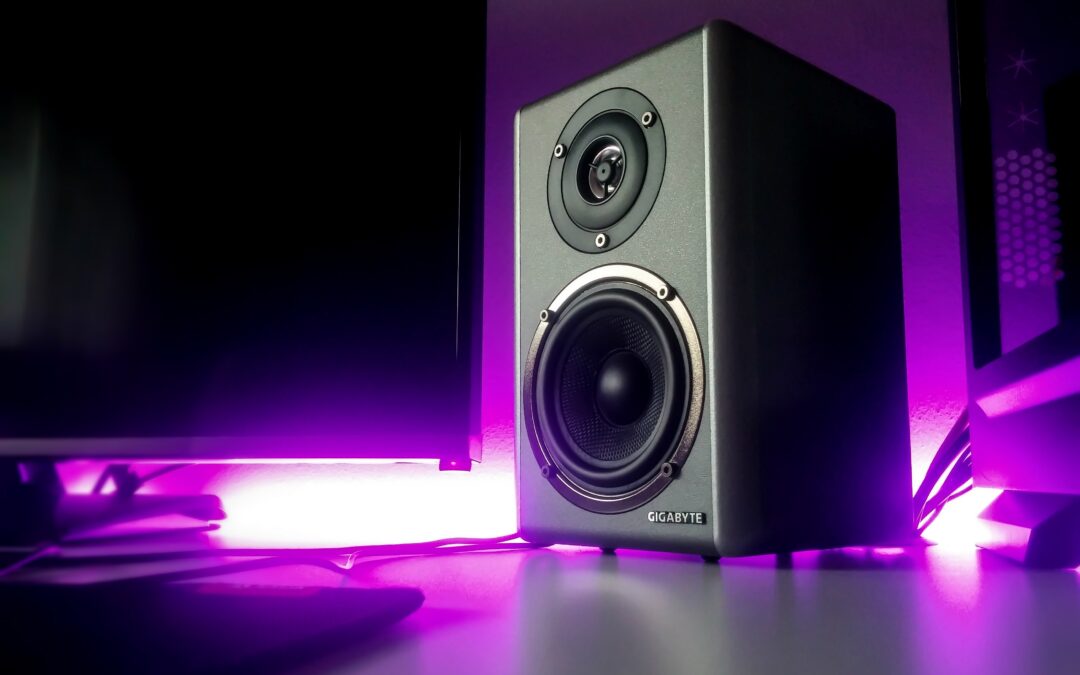Introduction
In the world of music production, staying organized is more than just a productivity hack—it’s a necessity. The creative process can be chaotic, and without a well-structured approach, you might find yourself drowning in a sea of unfinished projects, lost files, and missed opportunities.
In this blog post, we’ll explore proven strategies for music producers to stay organized, drawing insights from credible sources and real-world examples from popular musicians.
Setting Up Your Digital Workspace
Your digital workspace is the heart of your music production journey. Choosing the right Digital Audio Workstation (DAW) is crucial. A survey by LANDR, a music production platform, found that music producers prefer using Ableton Live, known for its versatility and user-friendly interface. However, there are various DAWs available, such as Logic Pro, Pro Tools, and FL Studio, catering to different music styles and preferences.
Example: Renowned DJ and producer, Calvin Harris, is known for using Logic Pro extensively. He once shared that his choice of DAW is essential in maintaining his workflow efficiency.
Customizing your workspace for efficiency is equally important. Spend time configuring your DAW’s layout, keyboard shortcuts, and preferences to match your workflow. Additionally, organizing project folders and adopting a consistent file naming convention can save you hours of frustration in the long run.
Time Management Strategies
Effective time management is the cornerstone of productivity for music producers. Creating a production schedule and sticking to it can make a significant difference. Dedicate specific blocks of time for different tasks, such as composition, sound design, mixing, and mastering.
Example: World-renowned producer and DJ, Deadmau5, is known for his disciplined approach to time management. He often breaks down his production process into focused sessions, allowing him to maintain a consistent output of high-quality tracks.
Prioritizing tasks effectively is another critical aspect. Use techniques like the Eisenhower Matrix to identify tasks that are urgent, important, not urgent, or not important, helping you allocate your time wisely.
Setting deadlines and milestones can provide a sense of urgency and motivation. Iconic producer Pharrell Williams once revealed that he sets specific project deadlines to challenge himself creatively and ensure he completes tracks efficiently.
Track and Project Management
Once you’re in the thick of production, keeping your tracks and projects organized becomes paramount. Naming and labeling tracks systematically can save you from confusion later in the mixing stage.
Example: Grammy-winning producer, Dr. Dre, is renowned for his meticulous track organization. He color-codes and names his tracks logically, ensuring a smooth workflow during mixing and editing.
Utilizing color coding and grouping within your DAW can further enhance your organization. For instance, you can color-code drums, vocals, and synths to visually distinguish elements in complex projects.
Version control and file backups are non-negotiable. Implementing a version control system like Splice or using cloud-based storage services ensures you can revert to previous project versions if something goes awry.
Checkout: Music Production for Film & Television
Sound Library Organization
Every music producer knows that a well-organized sound library is a treasure trove of inspiration. Categorize your sound samples and presets logically, making it easier to locate the perfect sound when you need it.
Example: Grammy-nominated producer, Metro Boomin, emphasizes the importance of a curated sound library. He maintains a meticulously organized library of samples and drum kits, enabling him to create his signature beats effortlessly.
Use tags and metadata to make searching for sounds a breeze. Adding descriptive tags like “vintage synth” or “808 kick” helps you find the right sounds quickly.
Regularly update and maintain your sound library to keep it fresh and relevant. Delete unused or outdated files to avoid clutter.

Project Documentation
Keeping track of project notes and ideas is essential for staying organized and maintaining creative momentum. Create project journals or use digital documentation tools to jot down ideas, inspirations, and insights
Example: Electronic music pioneer, Brian Eno, is known for his extensive documentation of his creative process. He often keeps journals filled with sketches, notes, and ideas, which he can refer back to for future projects.
Collaborative project documentation strategies are critical when working with others. Tools like Google Docs or project management software like Trello can facilitate seamless communication and idea sharing among team members.
Workflow Optimization
Optimizing your workflow can dramatically increase your efficiency as a music producer. Creating templates for common tasks, such as drum programming or vocal processing, can save you valuable time.
Example: The legendary producer and artist, Quincy Jones, created custom mixing templates that he used across various projects. These templates allowed him to maintain a consistent sound and streamline his mixing process.
Learn keyboard shortcuts and create macros to automate repetitive tasks within your DAW. These small optimizations can add up to significant time savings over the course of a project.
Streamlining your production process involves identifying bottlenecks and finding ways to eliminate them. Regularly review your workflow and seek ways to improve it.
External Tools and Software
In the digital age, there is a plethora of external tools and software that can aid your organization as a music producer.
Project management software like Asana (Monday.com) or Trello can help you keep track of tasks, deadlines, and collaboration efforts.
Task management and collaboration tools such as Slack or Discord can facilitate seamless communication with collaborators, helping you stay on the same page.
Cloud storage and file-sharing solutions like Dropbox or Google Drive ensure that your project files are accessible from anywhere, reducing the risk of data loss.
Collaborative Music Production
Collaboration is a fundamental part of music production, but it can also introduce complexities in organization. Effective communication and collaboration with team members are key.
Example: The legendary rock band U2, known for their collaborative songwriting process, emphasizes the importance of open communication during the creative process. They often hold group meetings to share ideas and ensure everyone is aligned.
File sharing and version control are crucial when collaborating remotely. Services like Splice or GitHub can help you manage collaborative projects efficiently.
Handling feedback and revisions efficiently is essential for maintaining a smooth workflow. Clearly define roles and responsibilities to avoid confusion.
Checkout: Music Mastering Tips and Techniques
IX. Maintaining a Creative Workspace
Your physical studio space is where the magic happens, so it must be conducive to creativity.
Example: Electronic music icon, Daft Punk, designed their studio to be a futuristic, minimalist space. They believed that the environment played a significant role in their creative process, and their studio design reflected that belief.
Decluttering and organizing your physical studio can reduce distractions and help you focus on your work.
Create a comfortable and inspiring environment with the right lighting, decor, and ergonomics.
Mental health and stress management are often overlooked aspects of maintaining a creative workspace. Regular breaks, exercise, and relaxation techniques can keep you mentally and emotionally balanced during intense production phases.
Checkout: Tips for Mixing Vocals As an Amateur Audio Engineer
Conclusion
Staying organized as a music producer is not just about keeping your files in order; it’s about maximizing your creative potential and productivity. From setting up your digital workspace to maintaining a conducive physical environment, the strategies and insights discussed in this blog post are the keys to a successful and fulfilling music production journey.
By adopting the practices of industry veterans like Calvin Harris, Deadmau5, Dr. Dre, and Metro Boomin, and drawing inspiration from the likes of Pharrell Williams, Brian Eno, Quincy Jones, U2, and Daft Punk, you can navigate the complexities of music production with confidence and creativity. Remember, organization is the bridge between chaos and artistry in the world of music production.






